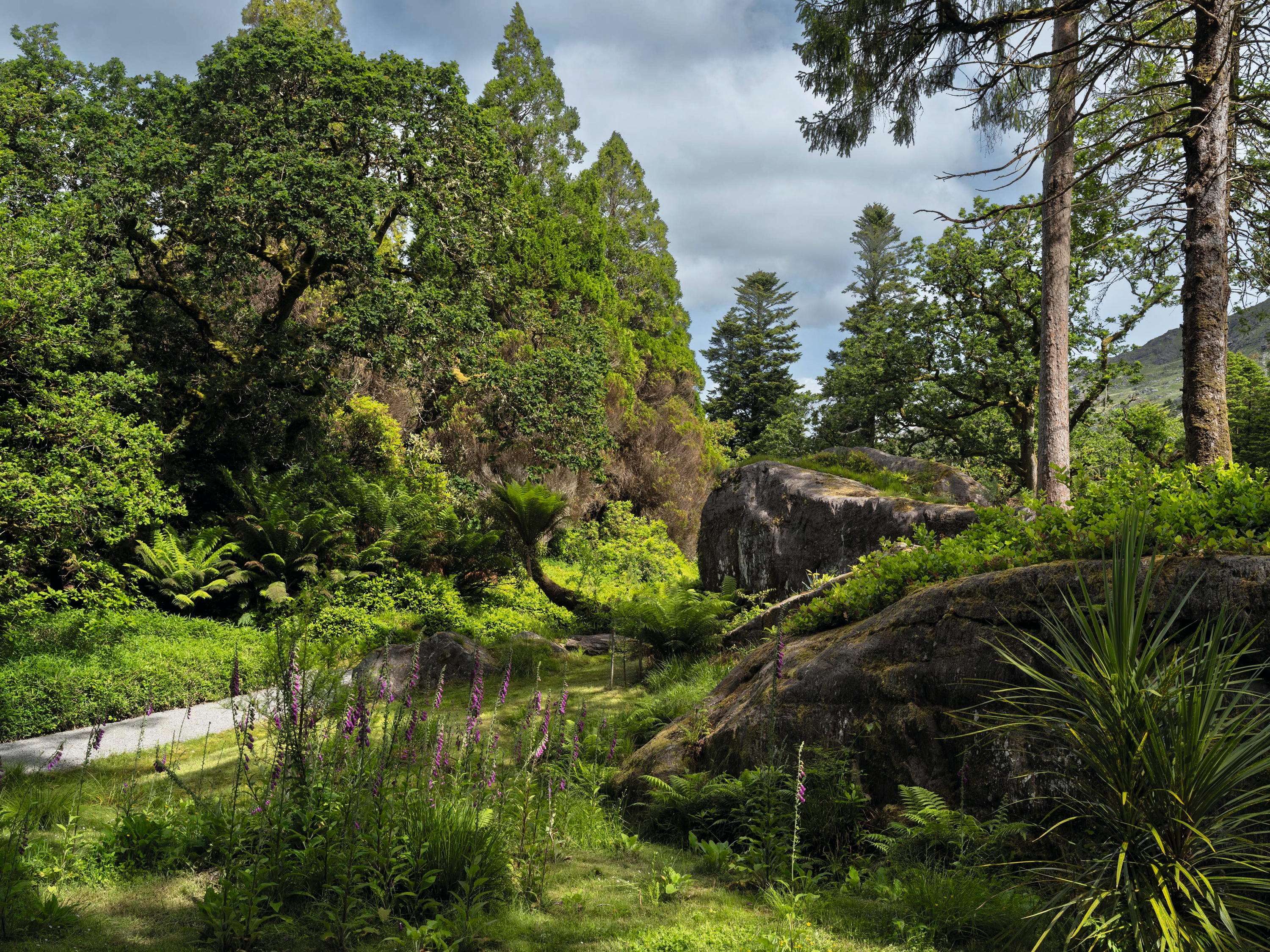In the garden: Sow your biennials now
Tom Coward says this is the right time to sow foxglove, Ehium and Aquilegias

** If you want to buy any of the plants mentioned below for your own garden, visit www.countrylife.co.uk/nursery
and type or copy and paste the name into the search. Plants are
delivered in sturdy boxes in a matter of days from one of the finest
nurseries in the country. **
The foxglove, Digitalis purpurea, is one of the showiest of our native flowers and one of the few that also make an exceptional border plant. It will happily self-sow when the seeds are left to ripen along the stem, and its beautiful purple spires, popping up around the garden, add an element of surprise and spontaneity to more permanent planting schemes. But, to use these plants to their full potential, starting new ones from seed and planting them out where you choose is usually most effective.
As biennials, foxgloves naturally germinate from fresh seed during the remainder of one season, building up enough energy to flower (and die) the next; consequently, starting your seeds off in June usually results in the biggest specimens the following year. In nature, they're colonisers of woodland clearings, so their seeds need light as a sign that con-ditions are right to germinate.
Because of this they must be surface-sown and I like to do it thinly, on shallow trays of John Innes Seed compost, which are watered well beforehand. After sowing, I cover them with horticultural fleece, which seems to help keep the humidity up without allowing the trays to get soggy. They're quite easy to germinate and the environment of a closed cold frame is usually most effective, but be careful not to over-water, which can cause damping-off diseases.
Sign up for the Country Life Newsletter
Exquisite houses, the beauty of Nature, and how to get the most from your life, straight to your inbox.
Once the seed leaves have fully developed, seedlings need to be pricked out, by carefully lifting each tiny plant and placing them individually into a cell pack. My favourite tool for this job is a well-sharpened pencil and I love the precise, repetitive, almost surgical work, which I find best accompanied by Test Match Special. In the time spent listening to the English batsmen face a few overs, a tray of 80 inexpensive baby plants can be propagated.
* Subscribe to Country Life and save; Get the Ipad edition
The plug trays have a further period of growing on and hardening off, by gradually opening up the cold frame for longer periods, slowly introducing these pampered babies to the elements. Once they've filled their plug trays, they can either be grown on in pots or lined out in the spaces that tend to be opening up in the vegetable garden at that time of year. They can then be carefully lifted and moved to the borders in the autumn and any excess plants can be used as cut flowers the following year.
Last year, we grew a lot of Pam's Choice foxgloves, beautiful, contrasty things reaching about 5ft high, with stout spires of creamy-white flowers whose throats are attractively painted in the deepest burgundy. These plants are flowering rather nicely now at Gravetye, in combination with a cornflower called Blue Boy. Equally successful has been the Suttons Apricot foxglove, whose vertical accents contrast most effectively with the more horizontal effects of Ammi majus that were autumn-sown to obtain early flowering.
Many other biennials and perennials can be easily grown from seed now, and our sowing list for June is quite long. Among them, I'm quite fond of Echium russicum, available from Moles Seeds (www.molesseeds.co.uk; 01206 213213); it's fully hardy and bears 3ft-tall, wine-red spikes. Aquilegias are also important to sow now, being a reliable source of colour for this time of year.
The deep-purple-and-white cultivar William Guinness is excellent, but my favourite is Aquilegia chrysantha Yellow Star, a beautiful lemon colour with very long spurs, giving the plant an elegant demeanour. It also has a pleasant fragrance and makes a good cut flower when only half open.
* Follow Country Life property on Twitter
However, what really distinguishes Yellow Star is its prolonged flowering season. I find it combines well with the late tulip Blue Aimable and the Allium Purple Sensation. The Aquilegia will continue to flower long after those have finished, but the colour combination can be prolonged by pairing it with a later-flowering Allium cristophii and maroon Cirsium rivulare Atropurpureum.
Country Life is unlike any other magazine: the only glossy weekly on the newsstand and the only magazine that has been guest-edited by HRH The King not once, but twice. It is a celebration of modern rural life and all its diverse joys and pleasures — that was first published in Queen Victoria's Diamond Jubilee year. Our eclectic mixture of witty and informative content — from the most up-to-date property news and commentary and a coveted glimpse inside some of the UK's best houses and gardens, to gardening, the arts and interior design, written by experts in their field — still cannot be found in print or online, anywhere else.
-
 Everything you need to know about private jet travel and 10 rules to fly by
Everything you need to know about private jet travel and 10 rules to fly byDespite the monetary and environmental cost, the UK can now claim to be the private jet capital of Europe.
By Simon Mills
-
 'I'd willingly give a year of my life for a fortnight there': The green dream that is the garden of Derreen
'I'd willingly give a year of my life for a fortnight there': The green dream that is the garden of DerreenExotic woods, labyrinths of narrow, mossy paths and thousands of tree ferns make this an internationally important garden, writes Charles Quest-Ritson. Photographs by Jonathan Hession.
By Charles Quest-Ritson